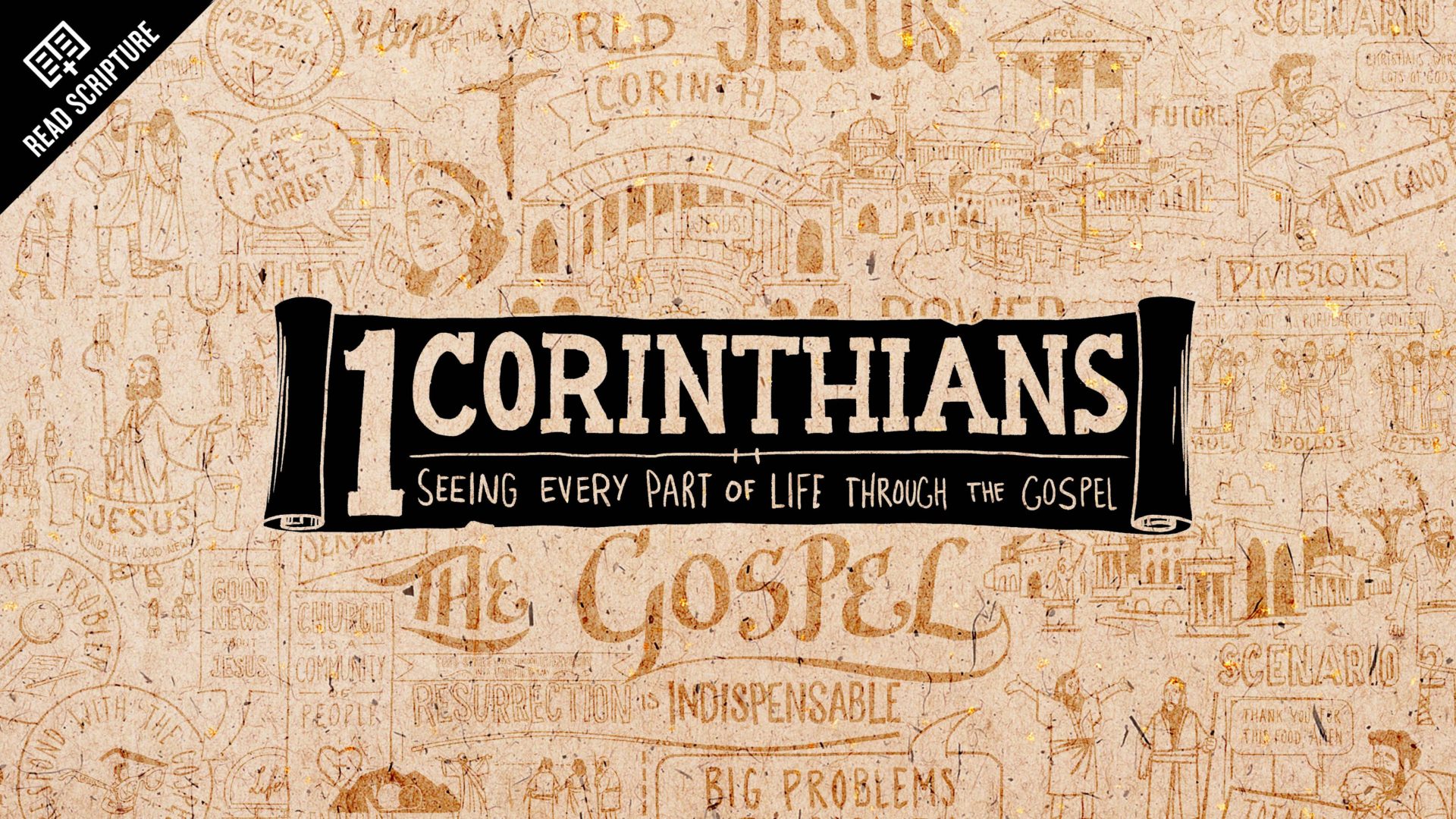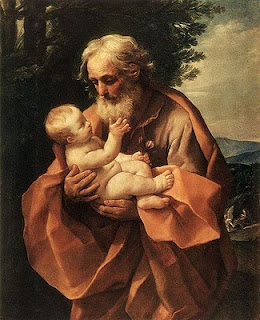Dr. Michael Barber, writing at The Sacred Page:
The notion that biblical Greek uses different terms for various kinds of love was popularized by C. S. Lewis’ book, The Four Loves (London: Geoffrey Bles, 1960). I will refrain from offering a full treatment. Let me focus on two terms: agapē and philia. According to Lewis, agapē love can be distinguished from philia love in that the latter refers to the love of friendship, while the former denotes something more: unconditional divine love. The official C.S. Lewis website sums up his views on this here. Writing about agapē, Lewis taught: “This is our chief aim, the unconditional love of the Father given to us through his Son.”
That Greek has clear words for different types of love sounds nice. It seems helpful. Unfortunately, it greatly oversimplifies things.
And, as Barber notes, things get rather complicated when this view is applied to Jesus’ restoration of Peter (following Jesus’ resurrection) in John 21:
When they had eaten breakfast, Jesus said to Simon Peter, “Simon, son of John, do you love [agapaō] me more than these?” He said to him, “Yes, Lord. You know that I love [phileō] you. He said to him, “Feed my lambs.” He said to him again a second time, “Simon, son of John, do you love [agapaō] me?” He sad to him, “Yes, Lord. You know that I love [phileō] you.” He said to him, “Feed my sheep.” He said to him the third time, “Simon, son of John, do you love [phileō] me?” Peter was grieved because he said to him the third time, “Do you love [phileō] me?” And he said to him, “Lord, you know all things. You know that I love [phileō] you.” Jesus said to him, “Feed my sheep.”
— John 21:15-17; my (Barber’s) translation
Interpreters often make much hay out of the fact that the word for “love” is different the third time Jesus asks the question. It is often claimed that Peter is hurt because the last time Jesus puts the question to him, he asks, “Do you phileō me?” Peter is said to be grieved because even though he realizes that he has not yet matured to agapē love for Jesus, he is nonetheless saddened to think that Jesus doubts that he at least has philia love for him.
This is not an uncommon interpretation. In a 2006 General Audience, for example, Benedict XVI offered this line of interpretation of this passage. I must confess that I was quite surprised by it when I first read it. Notably, he studiously avoids this line of explanation in his treatment of John 21 in the second volume of his Jesus of Nazareth trilogy, which he later published in 2011. This would not be the only time Benedict XVI’s explanations in his trilogy would depart from what he had said earlier in a General Audience. For example, his lengthy treatment of the date of the Last Supper in Jesus of Nazareth also omits a suggestion he had once made at a General Audience in 2006. (In Catholic theology, papal statements made in General Audiences are not viewed as infallible magisterial doctrinal definitions.)
Yet, I have to confess, it seems highly unlikely to me that the evangelist is making a big deal out of the fact that Jesus and Peter use different words for love here. Why? Because elsewhere these words are used interchangeably in John.
A few representative passages from John are then explored by Barber to make that latter point. As an aside regarding Benedict’s seeming agreement with the agape/phileo distinction in his 2006 talk: it’s not certain that his views changed over time, or that he ever held that view personally; it’s possible that an associate of Benedict may have had a hand in composing this General Audience talk (it’s a common practice). It’s far more likely that the 2011 Jesus of Nazareth book reflects Benedict’s actual view on the passage, as that series of books was very personal to him, and unlikely to have been ghostwritten in any way.
Barber then returns to the John 21 passage to make the point that, even in biblical studies, often the simplest and most obvious explanation is the most likely. And here, it’s simply this: just as Peter denied Jesus three times (John 18), Jesus restores him three times (John 21). That’s it. Barber correctly notes that Peter’s hurt because of the third time Jesus asks Peter if he loves him, echoing Peter’s third denial (just as Jesus had prophesied).
Peter’s not hurt because he thinks Jesus has “downgraded” his expectations for Peter from unconditional, self-giving love (agape) to mere friendship (phileo), as if Jesus is saying, “I’ll take what I can get from you at this point, Peter. I know mere friendship is where you’re at with me right now, although I’m not even sure of that — but you’ll give your life for me later. You’ll get there.”
Barber also correctly points out that both events (Peter’s threefold denial and restoration) take place over a charcoal fire — the only two times that term, incidentally, is used in the New Testament.
So, preachers: no more bad homilies on this passage, K? You’ve been schooled.
By the way, Dr. Barber and his companions over at The Sacred Page (Dr. Brant Pitre, Dr. John Bergsma, and Dr. John Sehorn) are all great scholars, and are just killing it on their newly revamped blog. Go check it out; it’s well worth your time.





 In this Sunday’s Gospel, we hear the account of the woman caught in adultery in John 8:1-11. In my Bible, there is a textual note that explains that the earliest manuscripts of John that have been discovered do not contain this pericope. Does that mean that it didn’t actually happen?
In this Sunday’s Gospel, we hear the account of the woman caught in adultery in John 8:1-11. In my Bible, there is a textual note that explains that the earliest manuscripts of John that have been discovered do not contain this pericope. Does that mean that it didn’t actually happen?
